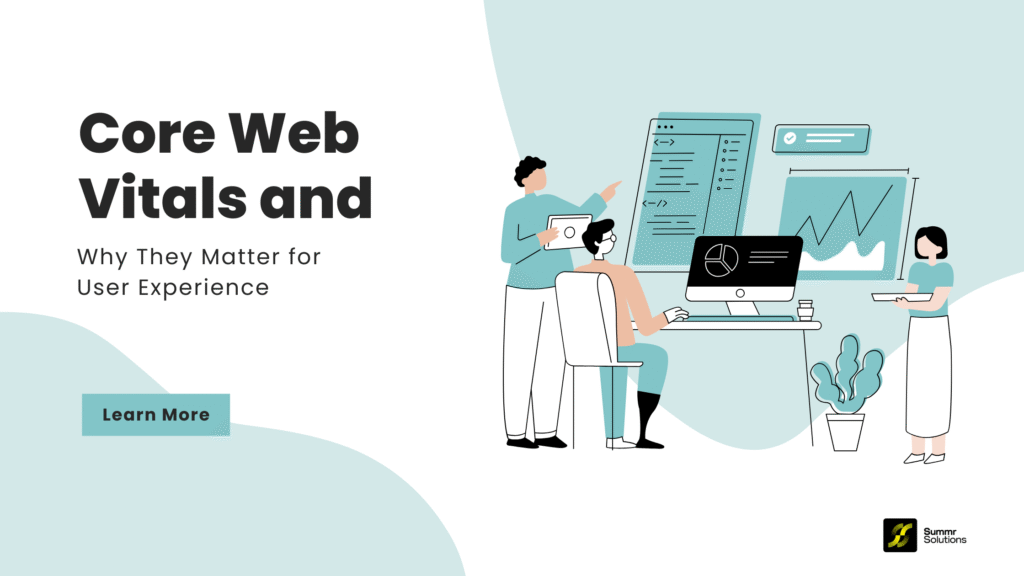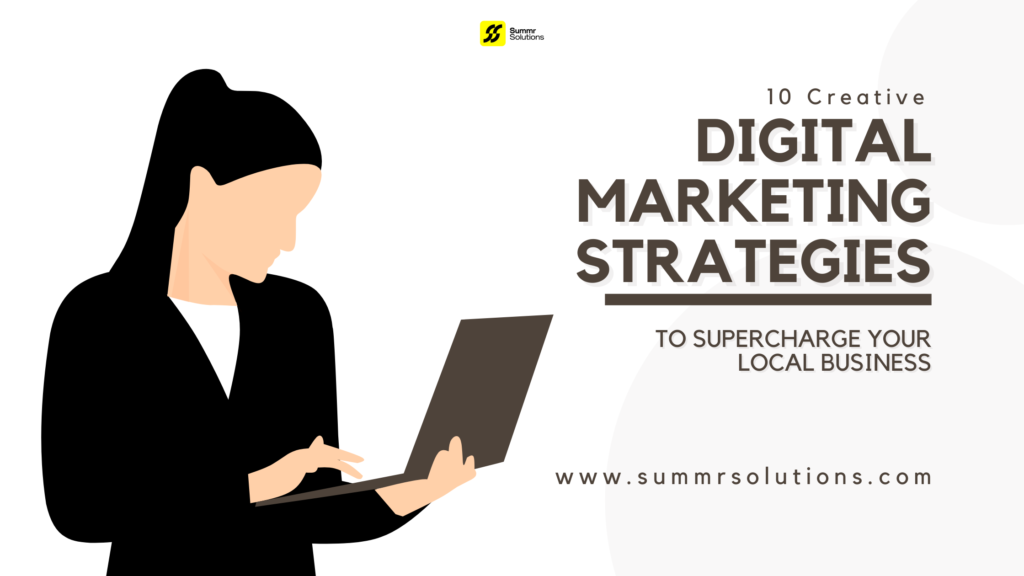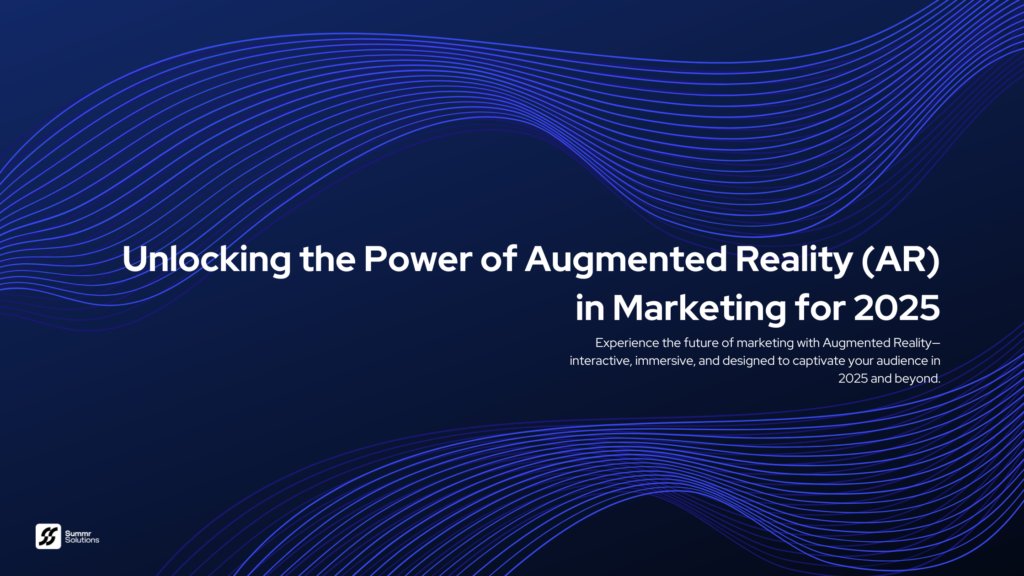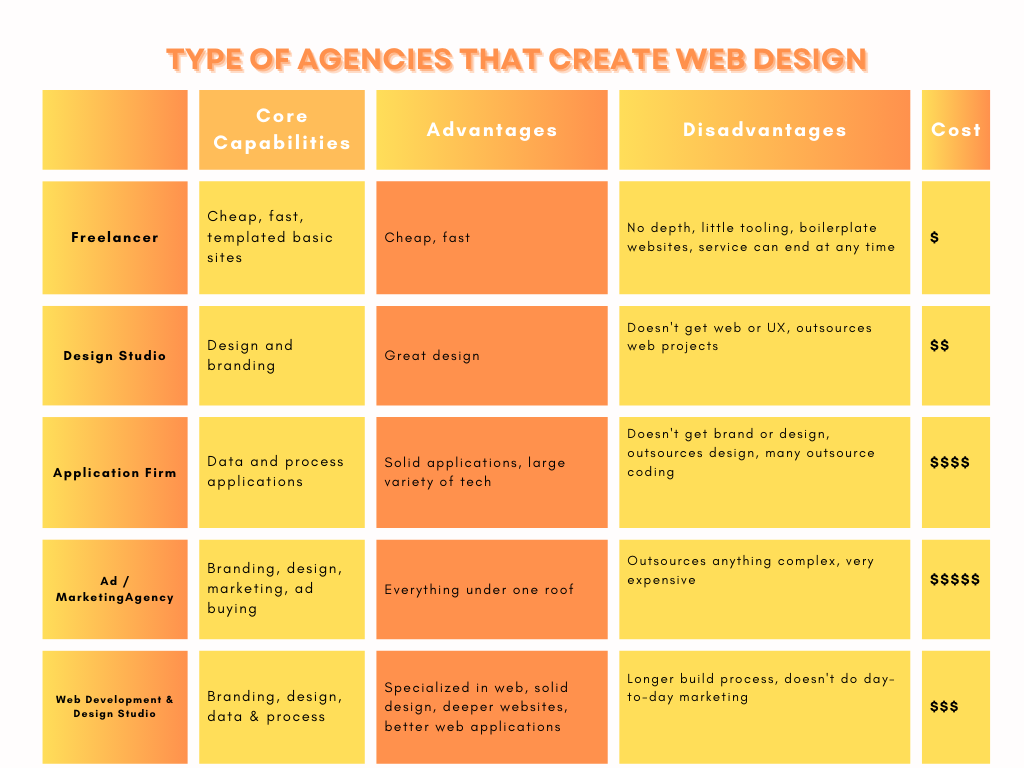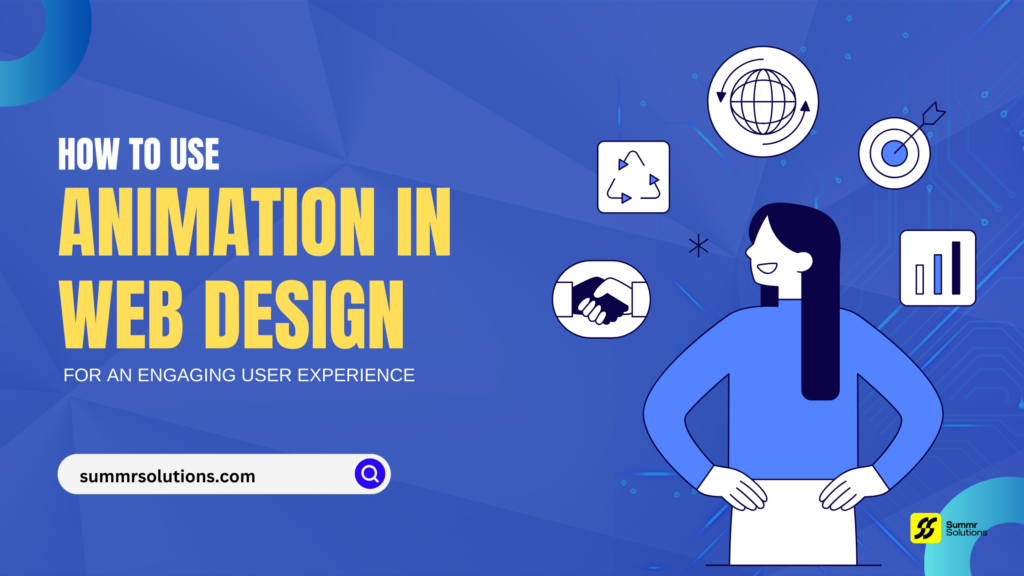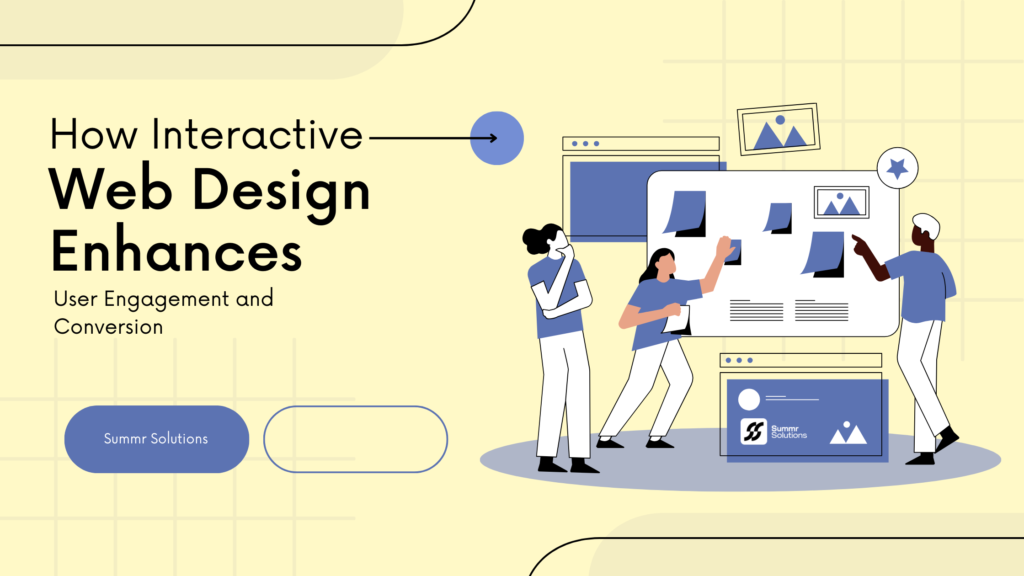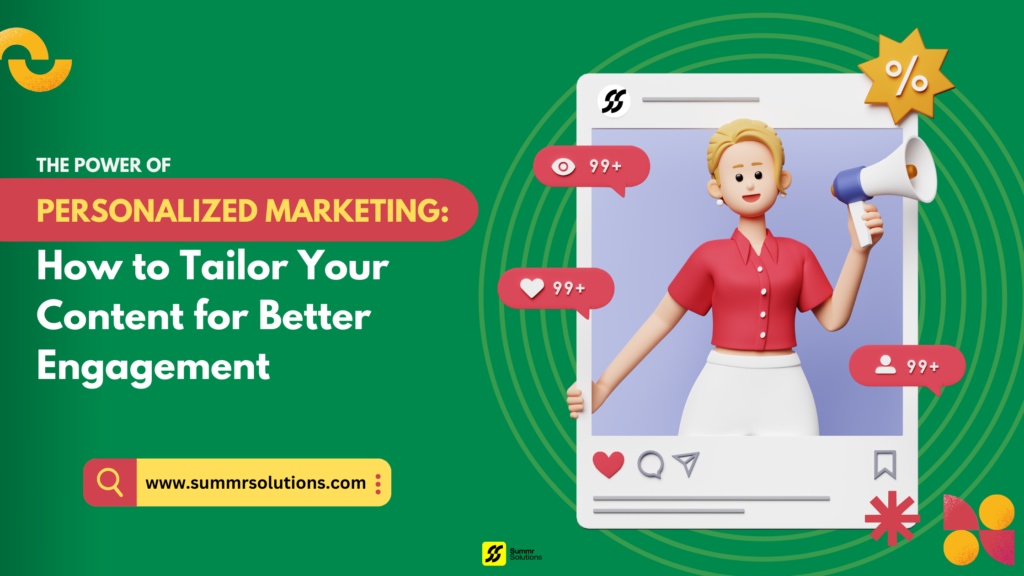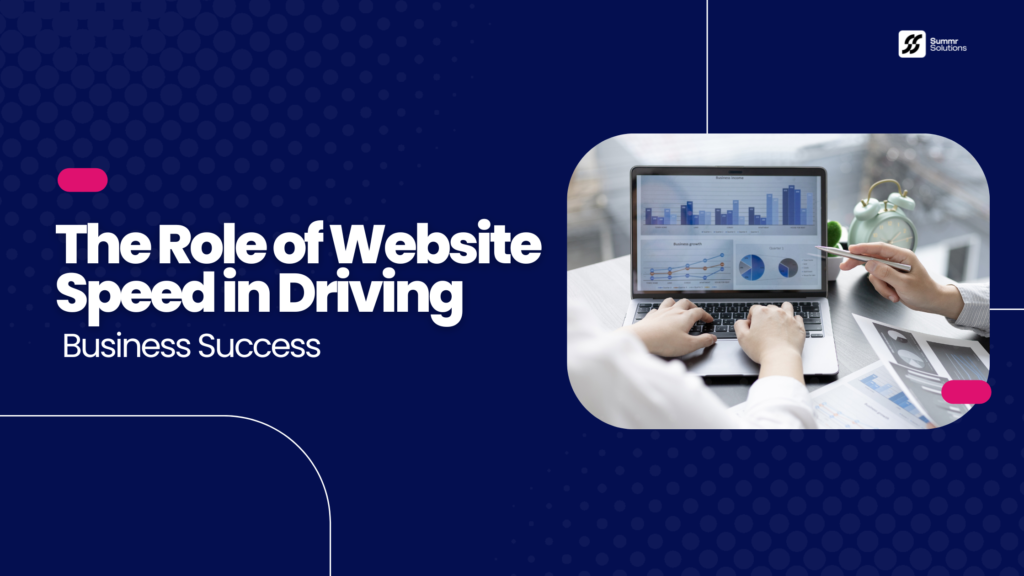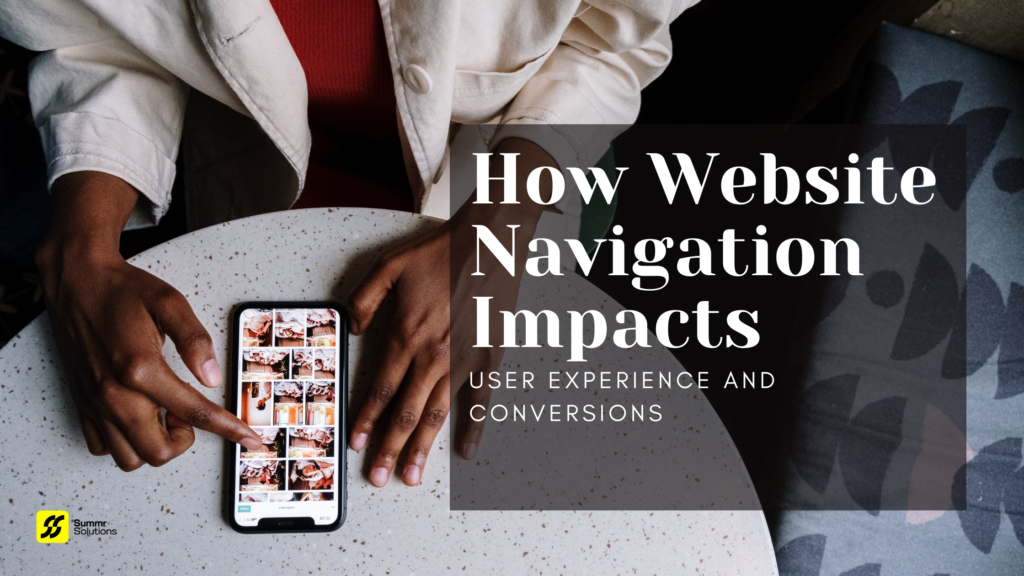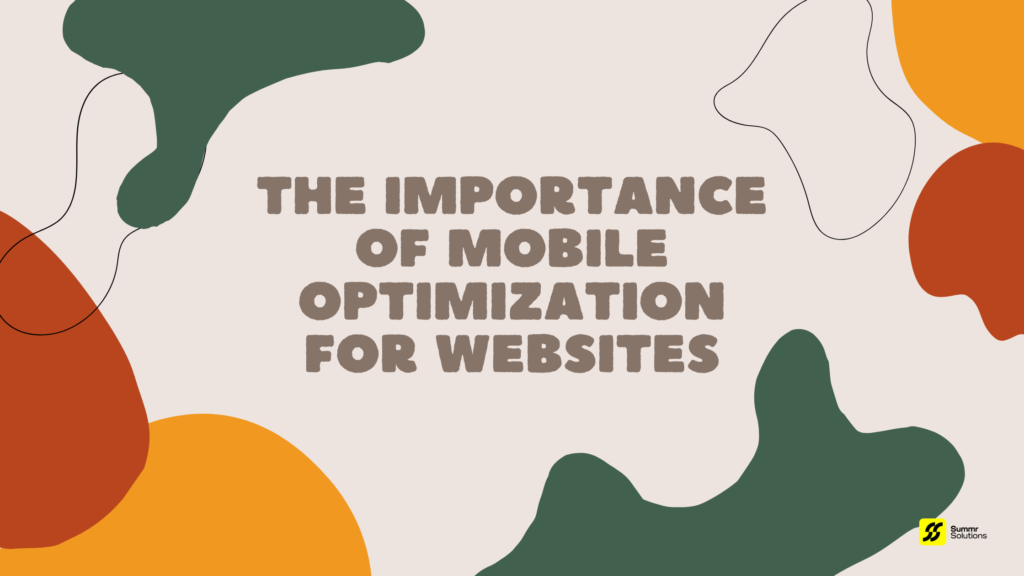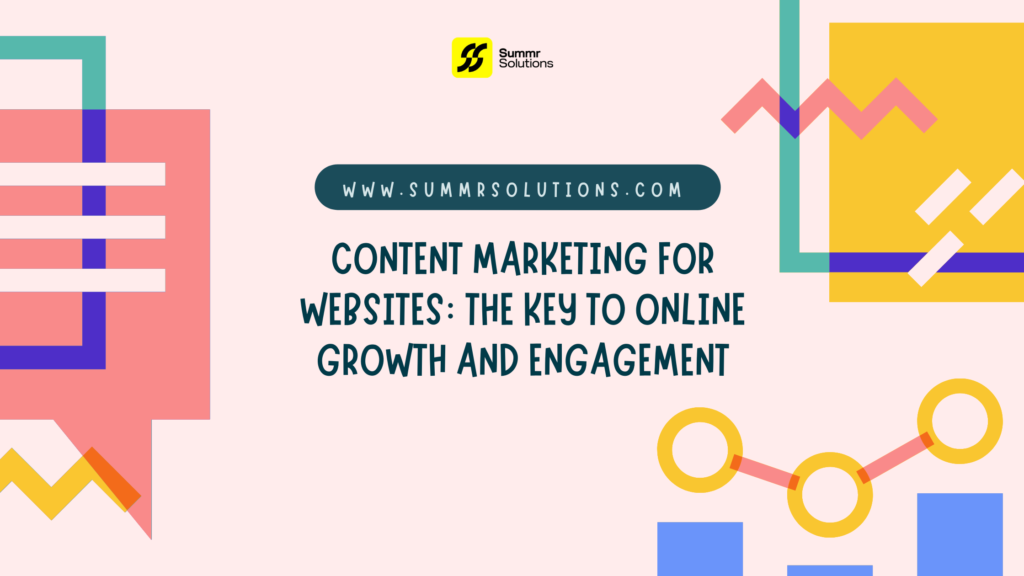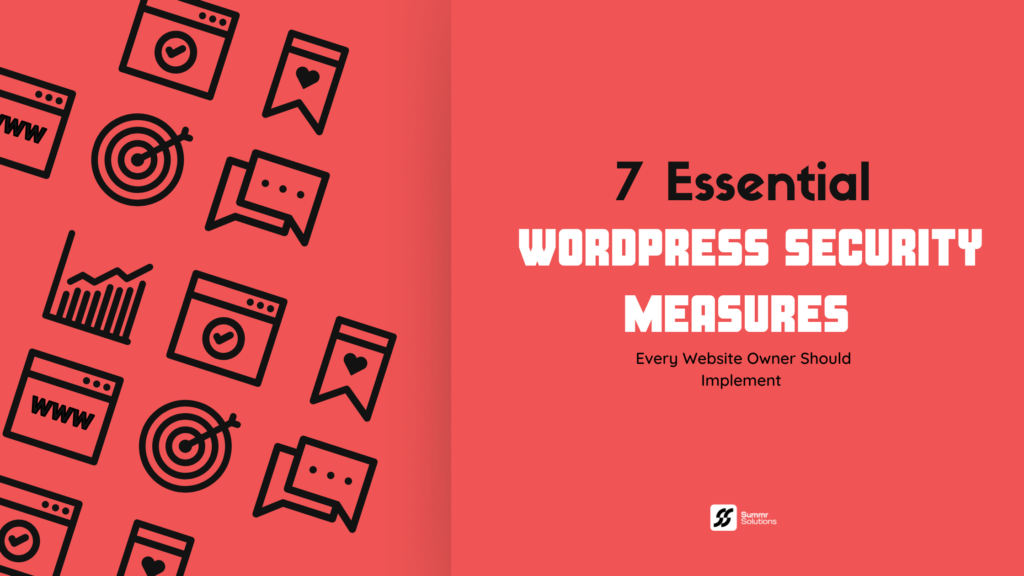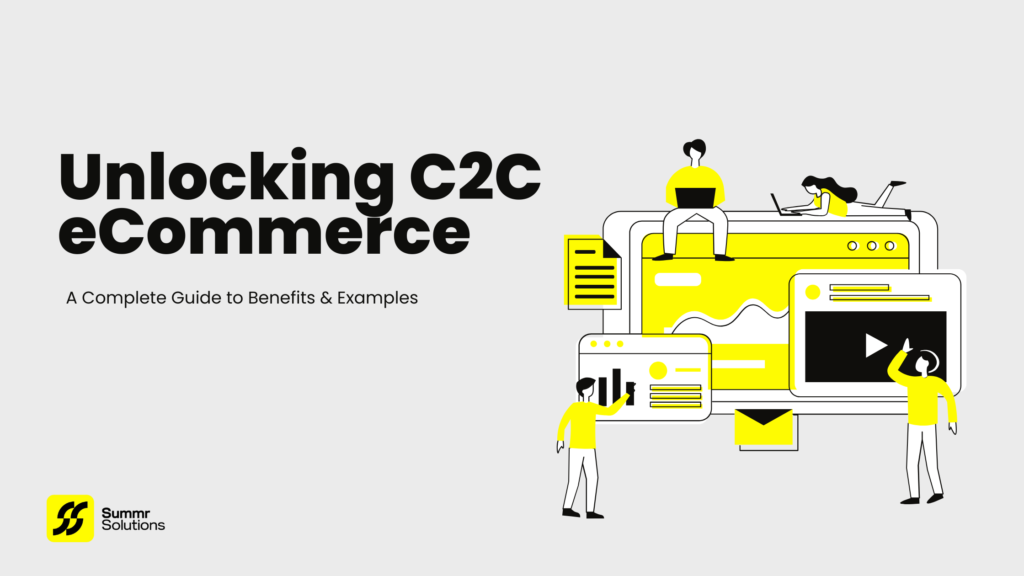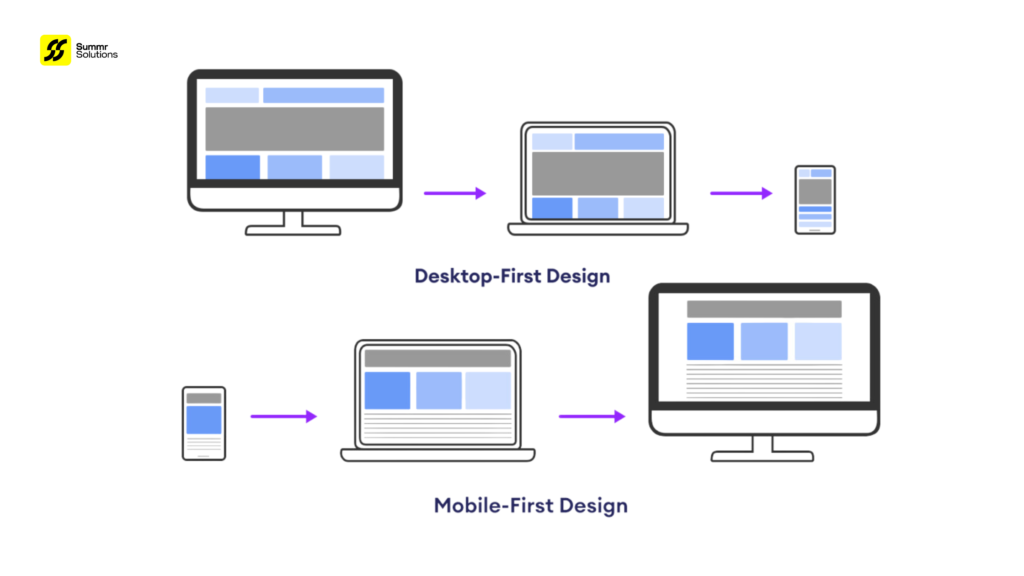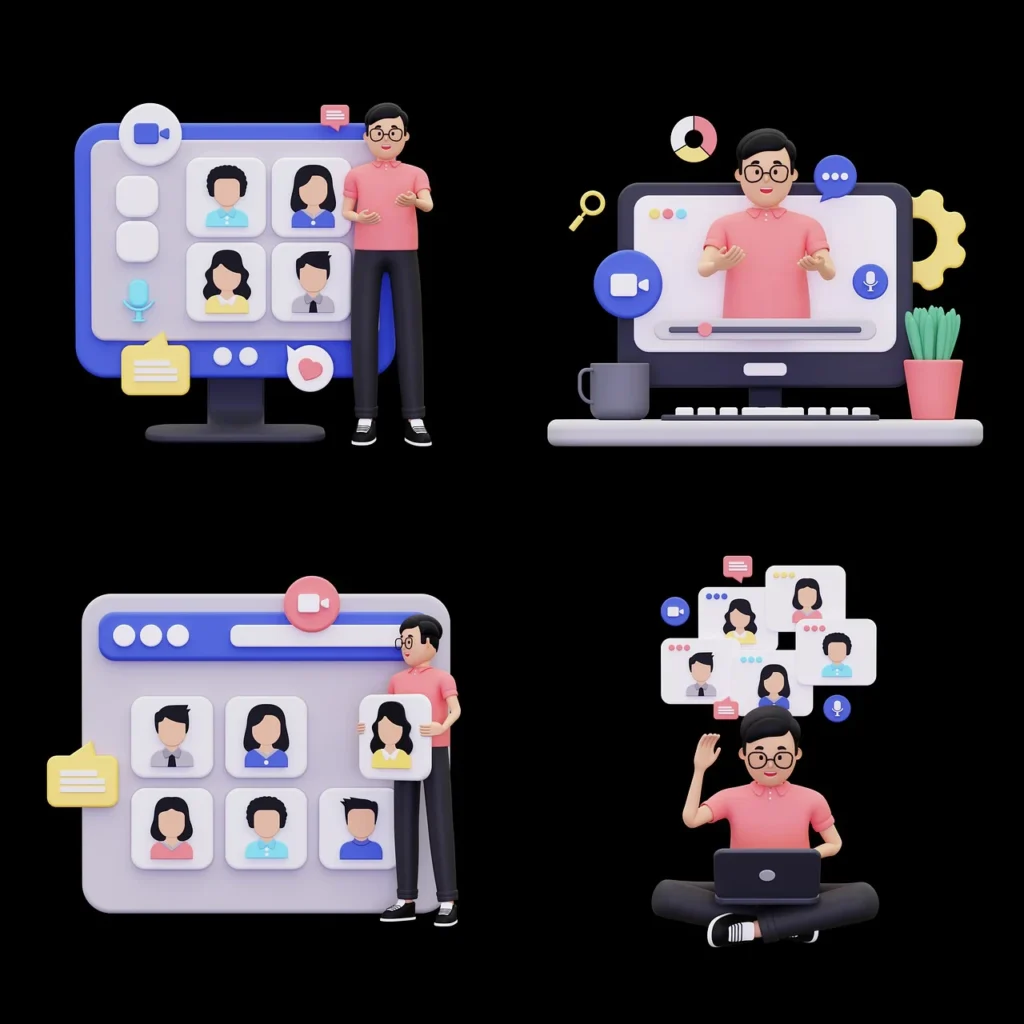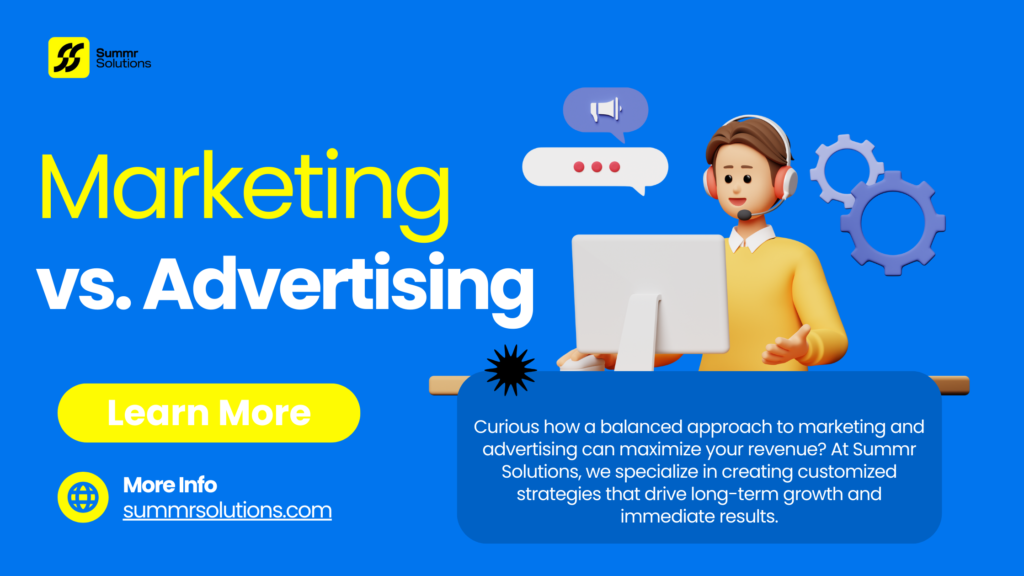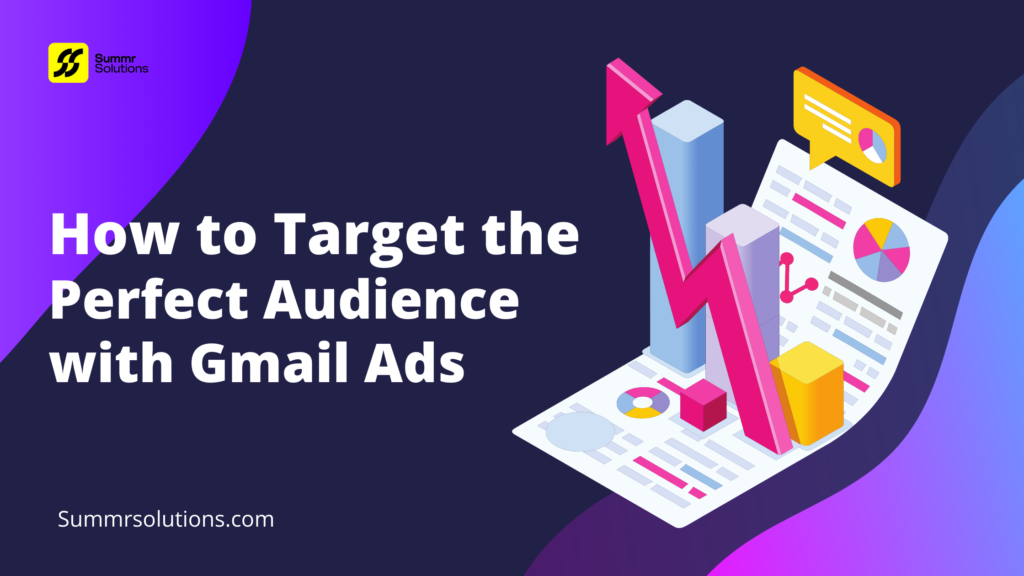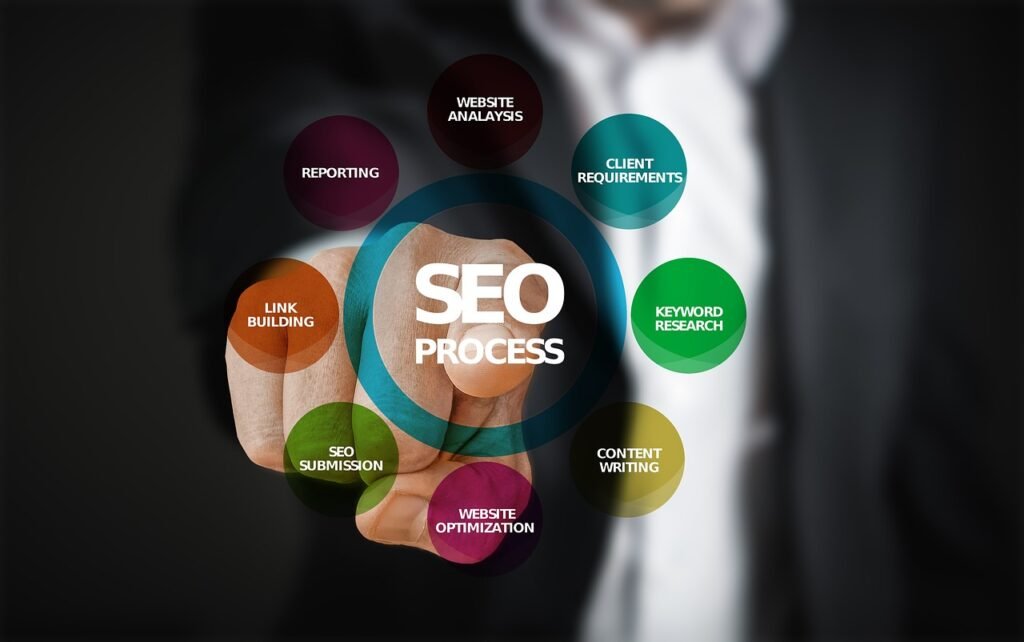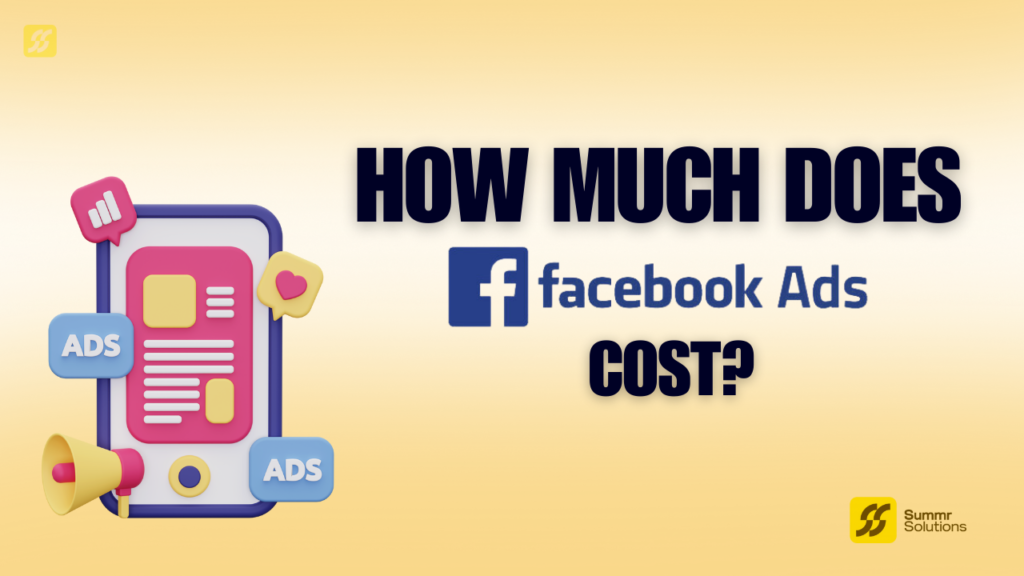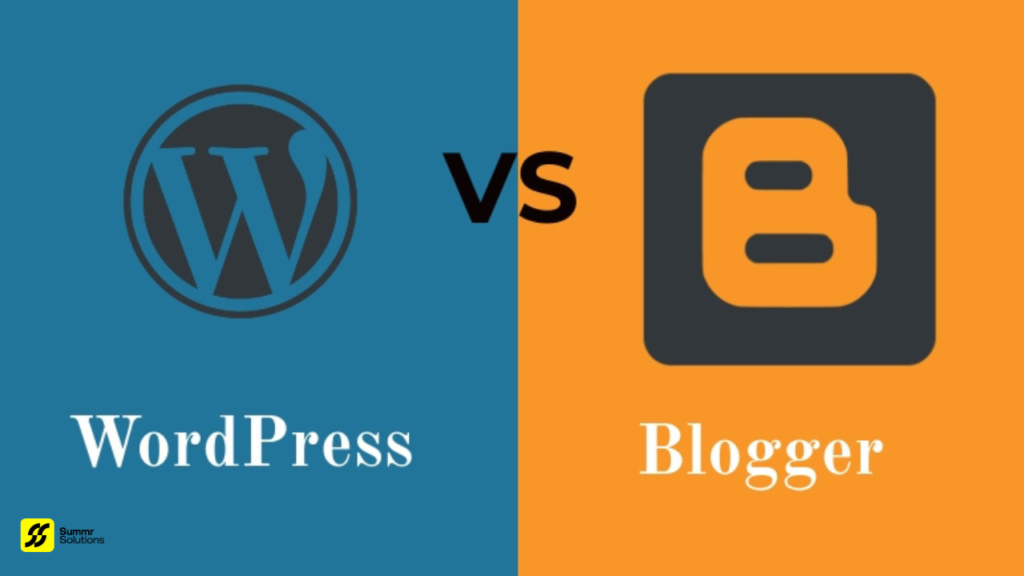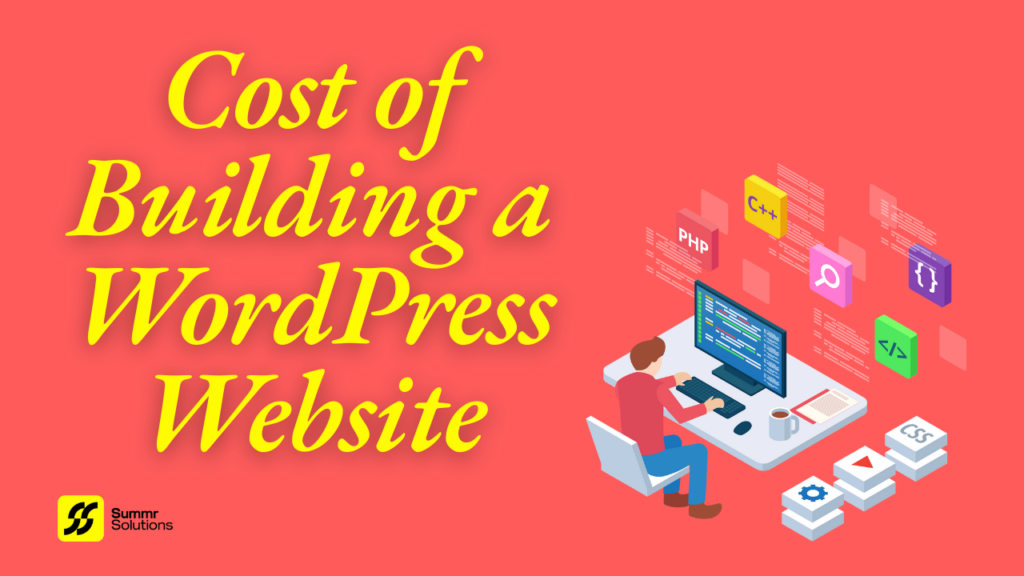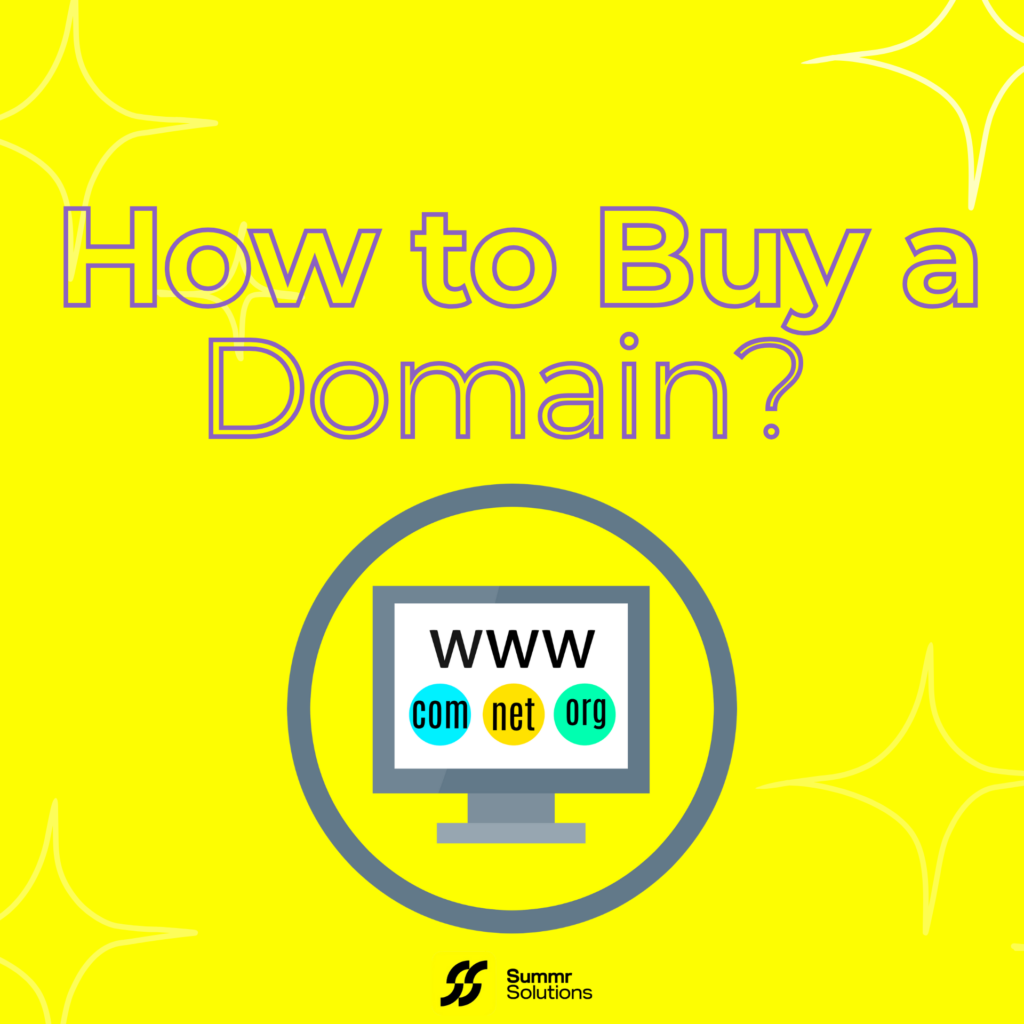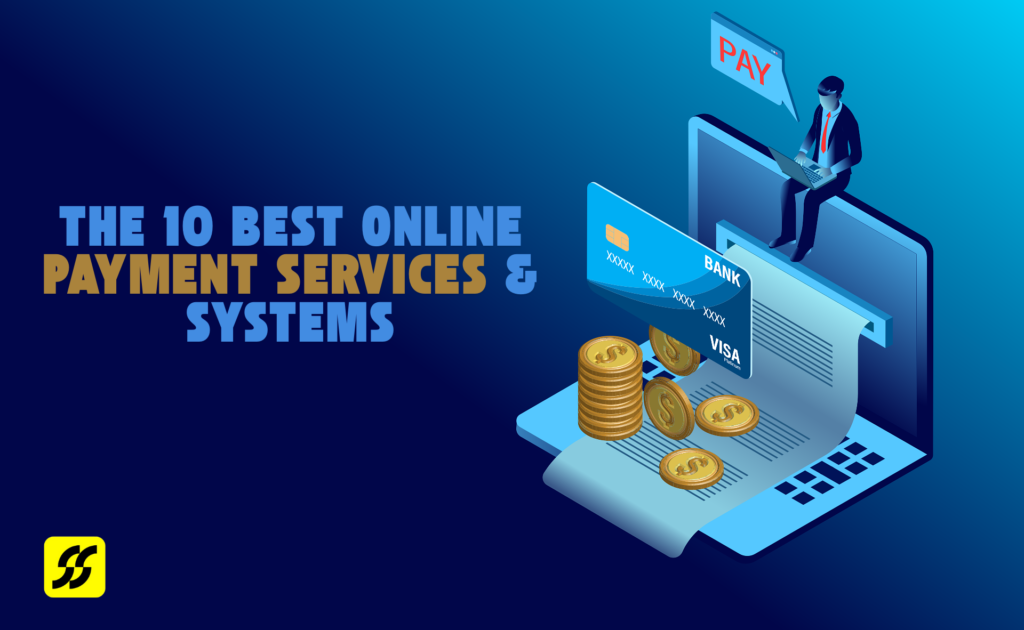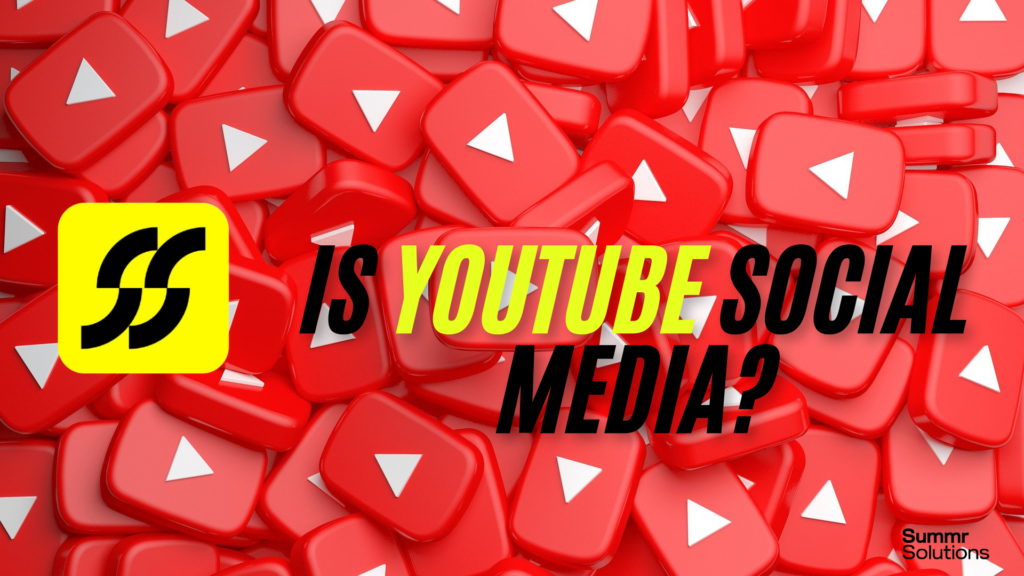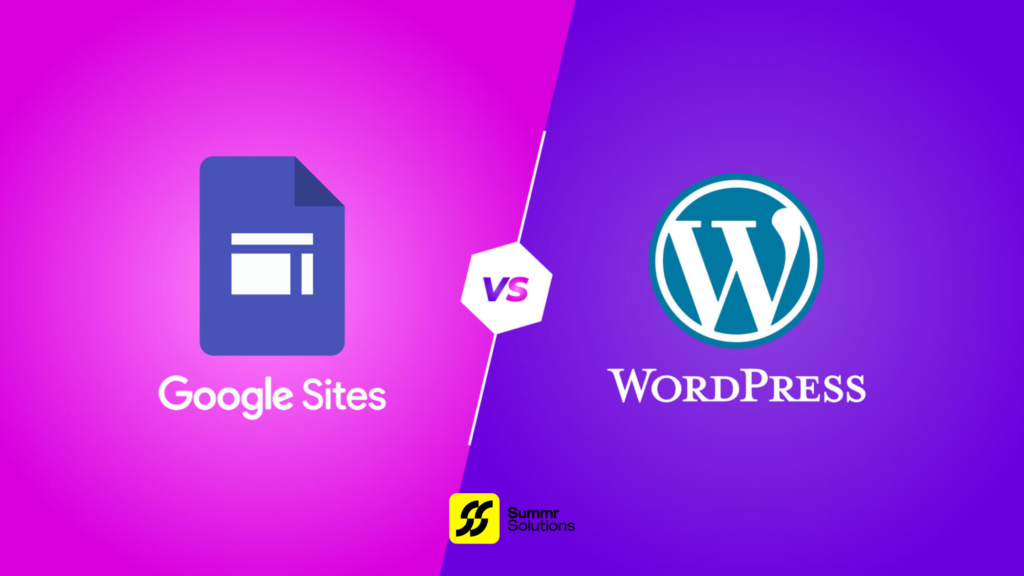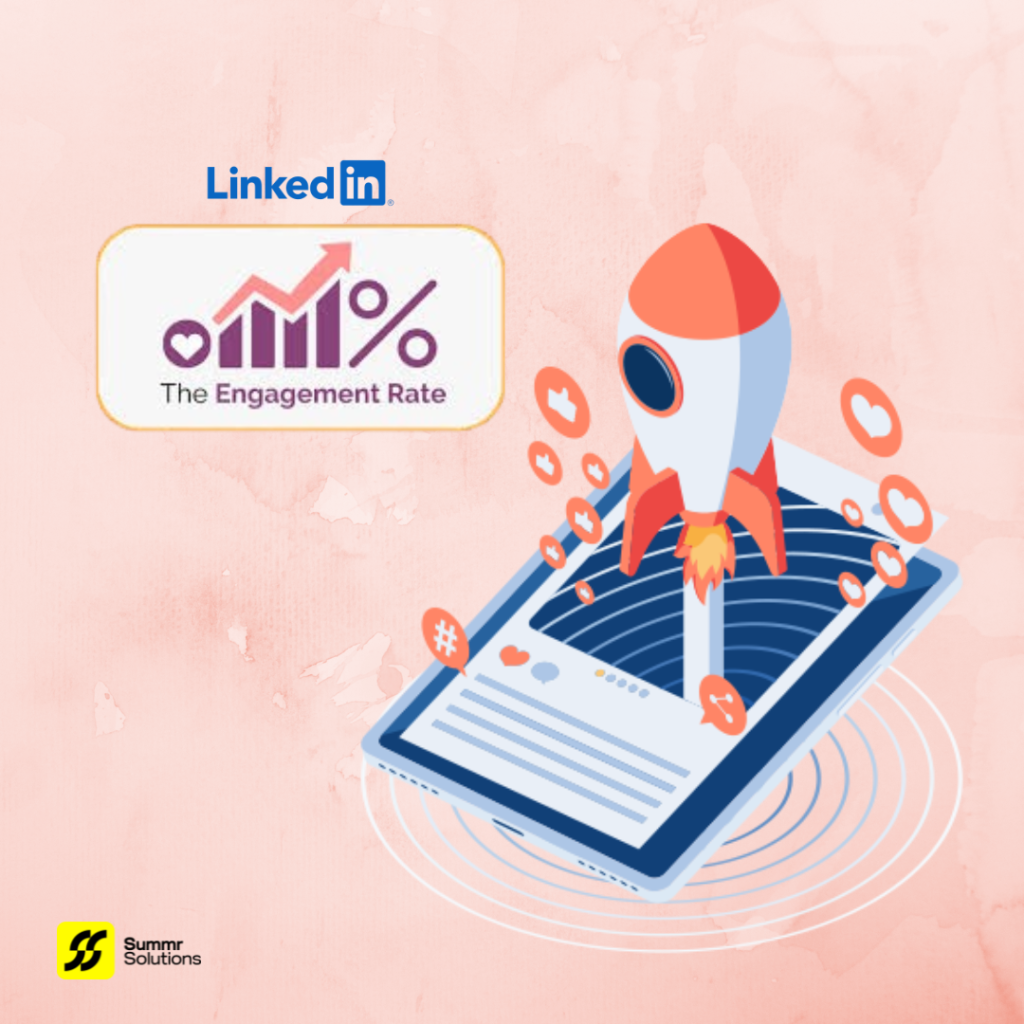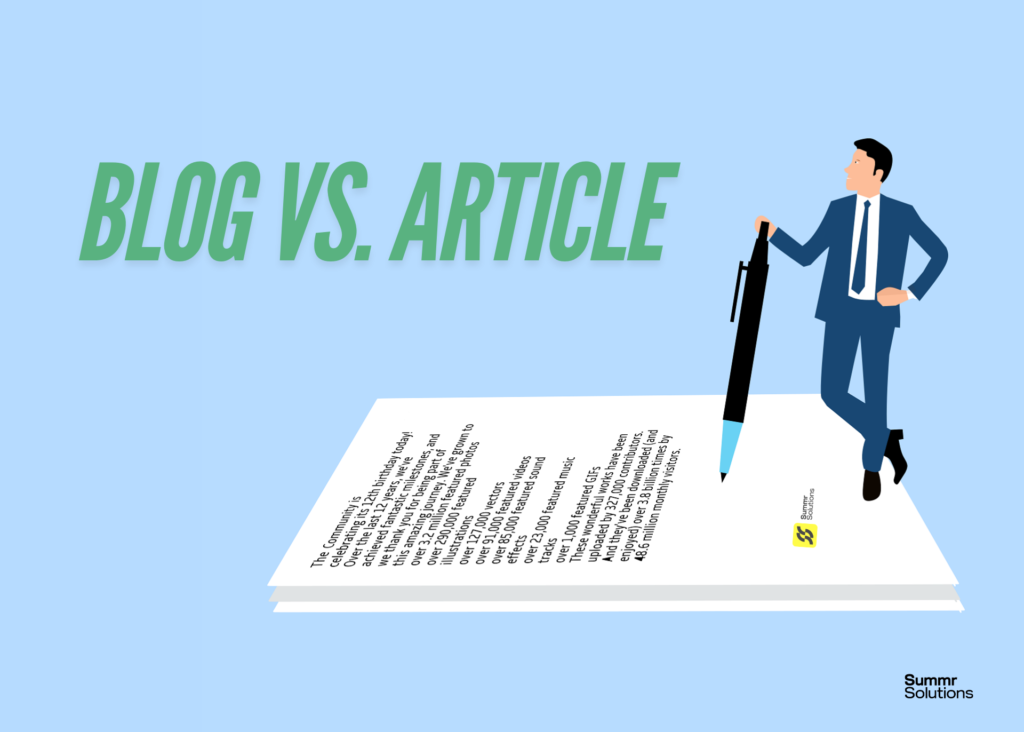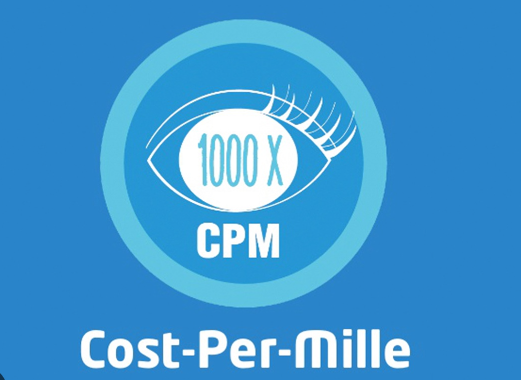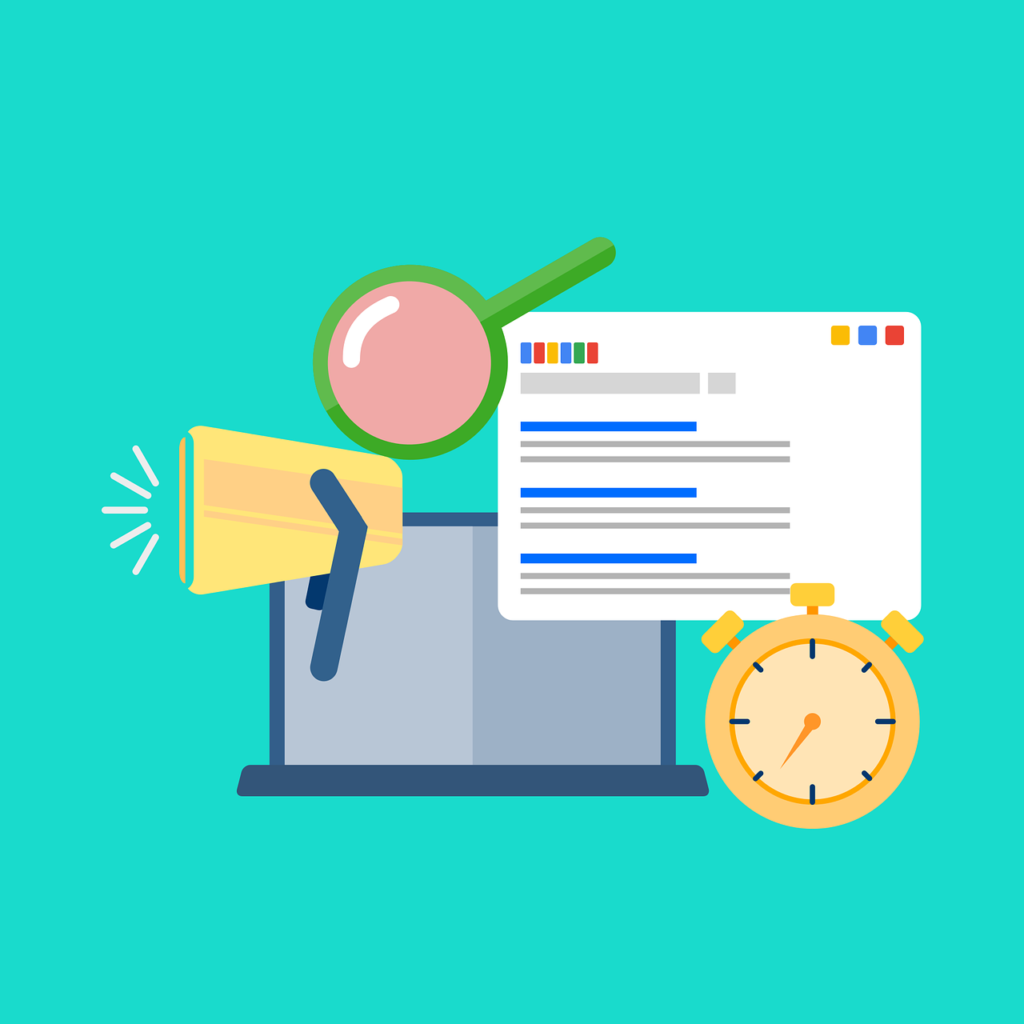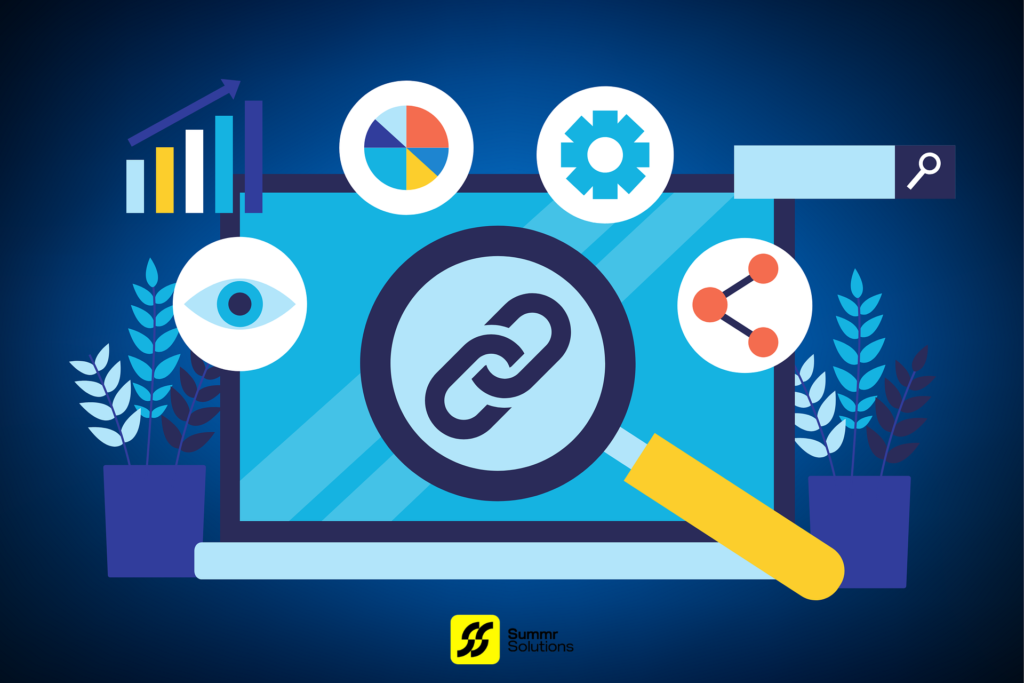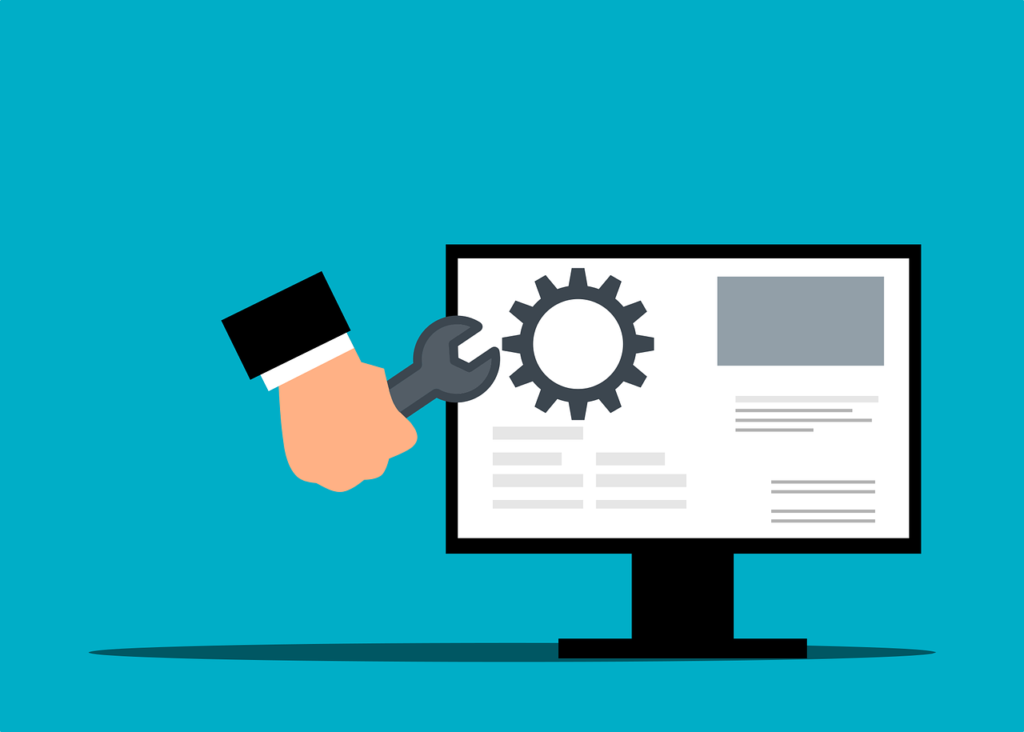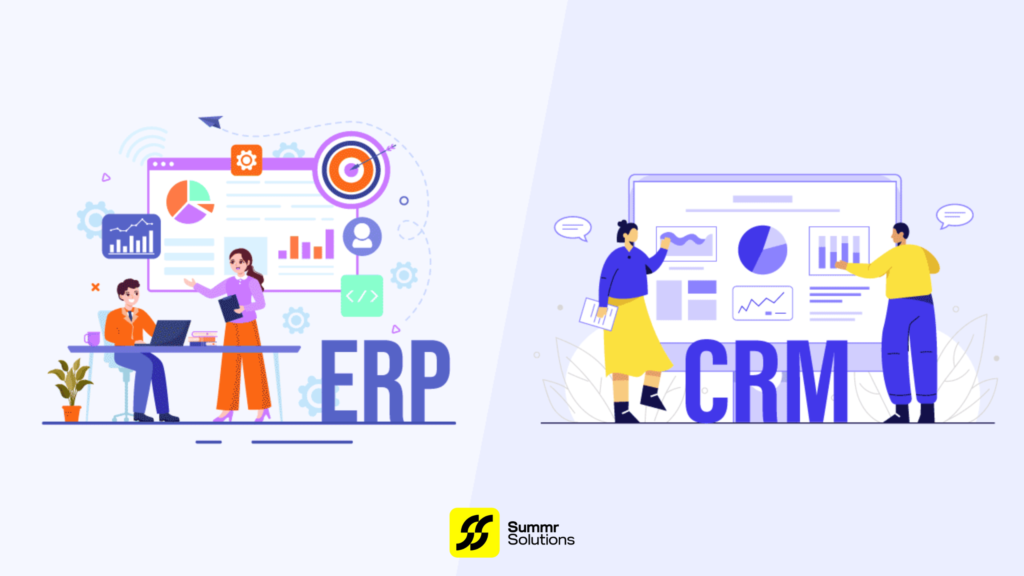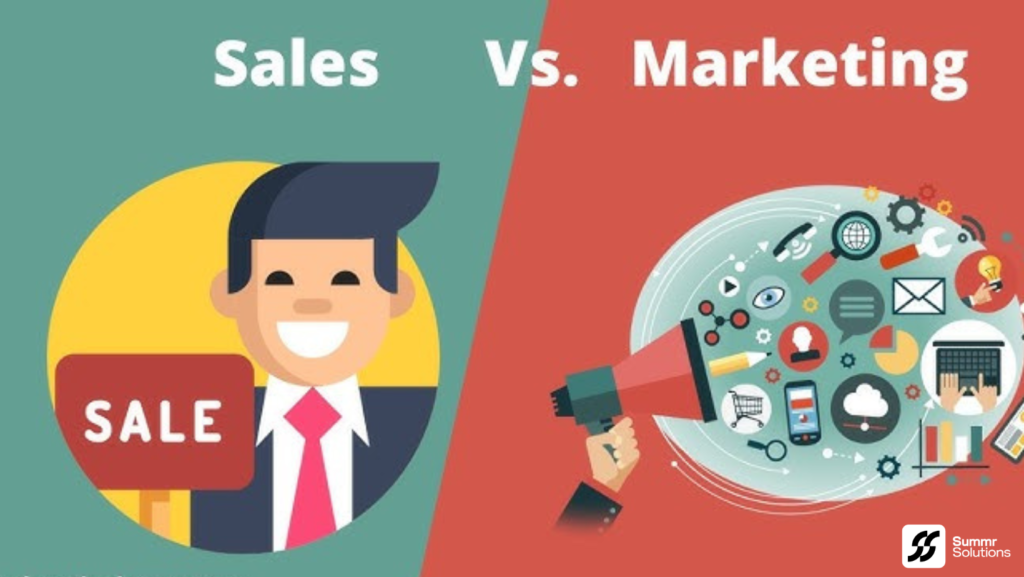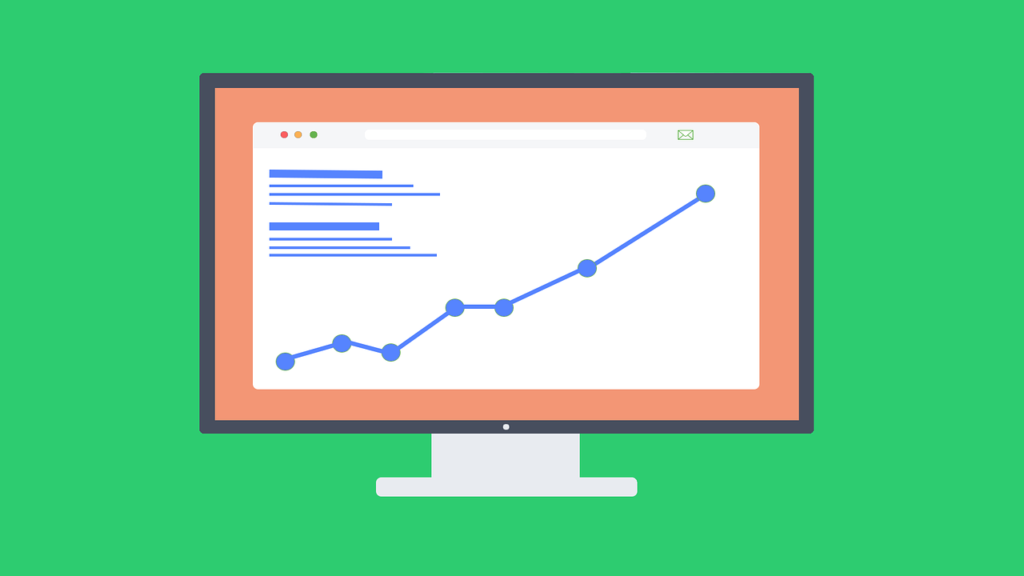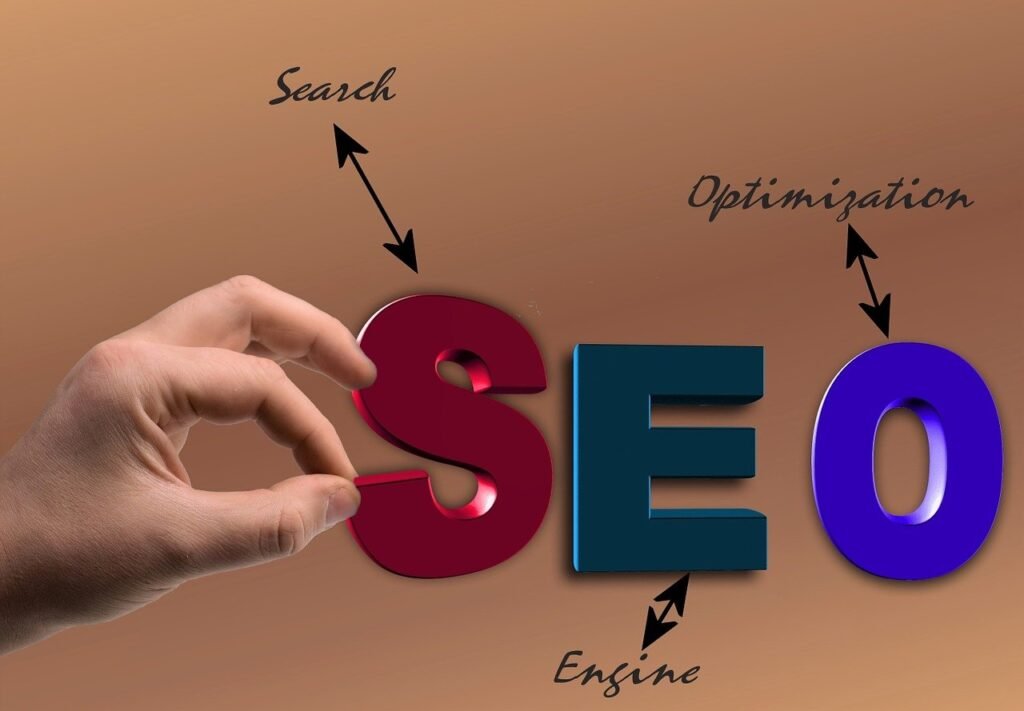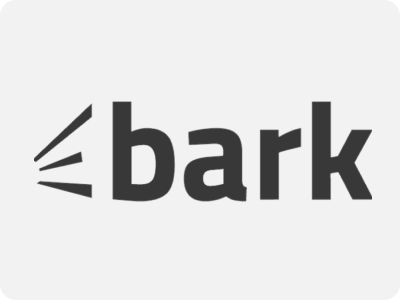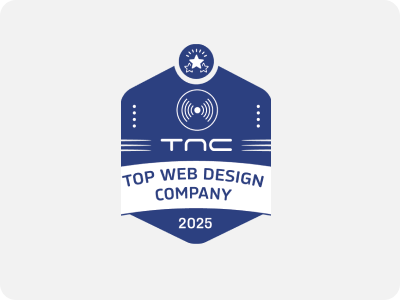Website speed isn’t just a technical concern—it’s a crucial factor that shapes user experience, search engine rankings, and, ultimately, your bottom line. In today’s fast-paced digital environment, users demand near-instantaneous access to content. In fact, research reveals that 53% of visitors abandon a website if it takes more than 3 seconds to load.
This means every second counts: a slow website frustrates users, damages your credibility, and can cause potential customers to turn to competitors. Fast-loading websites, on the other hand, deliver seamless experiences that keep users engaged and drive conversions.
In this guide, we’ll explain why website speed matters, how it impacts your online business, and actionable strategies to boost your site’s performance.
1. Why Website Speed Matters for Your Business
A slow-loading website can damage your business in multiple ways:
- User Frustration: Visitors abandon slow sites, leading to higher bounce rates.
- SEO Rankings: Google considers page speed a ranking factor, meaning slower sites appear lower in search results.
- Conversion Loss: Studies show that a 1-second delay can lead to a 7% drop in conversions.
The Cost of a Slow Website
- Amazon calculated that a 1-second slowdown could cost them $1.6 billion annually.
- 79% of users are less likely to return to a site with slow performance.
2. The Relationship Between Website Speed and SEO
Google’s algorithms prioritize user experience, and speed is a significant factor. A slow website:
- Decreases Crawling Efficiency: Google bots crawl fewer pages on slow sites, hurting your indexation.
- Increases Bounce Rates: If users leave quickly, search engines interpret this as poor content quality.
- Hurts Mobile Rankings: Mobile users expect quick load times, and Google uses mobile-first indexing.
Core Web Vitals
Google introduced Core Web Vitals to assess website performance. The key metrics include:
- Largest Contentful Paint (LCP): measures how quickly the largest visible element of a webpage—such as an image, video, or text block—loads for the user. It’s one of Google’s Core Web Vitals, directly impacting user experience and search engine rankings.
- First Input Delay (FID): Measures responsiveness when users interact with a page. Ideal: under 100ms.
- Cumulative Layout Shift (CLS): Measures page stability (no shifting elements). Ideal: less than 0.1.
Pro Tip: Use tools like Google PageSpeed Insights and GTMetrix to identify performance bottlenecks.
3. The Impact of Website Speed on User Experience (UX)
A fast website provides a smoother, more enjoyable user experience. Here’s how it matters:
- Faster Navigation: Users can quickly access the information or products they need.
- Positive First Impressions: Speed influences how users perceive your brand’s reliability.
- Mobile Experience: Mobile users often have slower internet connections, so speed is even more crucial.
Real-World Example
A retail e-commerce store optimized its site speed by reducing image sizes and enabling caching. The result? A 25% increase in conversions and improved customer satisfaction.
4. Common Causes of Slow Websites
If your website isn’t performing well, these factors might be the culprits:
- Unoptimized Images: Large, uncompressed images slow page load times.
- Excessive Plugins and Scripts: Too many plugins or scripts bog down performance.
- Poor Hosting Provider: Cheap hosting leads to slow servers, especially during traffic spikes.
- No Caching: Without browser or server caching, pages reload from scratch every time.
- Lack of a CDN (Content Delivery Network): A CDN distributes content globally, reducing load times for distant users.
5. Practical Tips to Improve Website Speed
Boosting your website’s speed doesn’t have to be complicated. Here’s what you can do:
Optimize Images and Media
- Compress images using tools like TinyPNG or convert them to modern formats like WebP.
- Use lazy loading to load images only when users scroll to them.
Minimize HTTP Requests
- Combine CSS, JavaScript, and HTML files.
- Remove unnecessary elements like extra widgets, pop-ups, and ads.
Use Browser Caching
Enable caching so your site doesn’t reload entirely on repeat visits. Tools like WP Super Cache (WordPress) can help.
Upgrade Your Hosting
Invest in a high-quality hosting provider that offers faster servers and better performance optimization.
Implement a CDN
A Content Delivery Network (CDN) stores your website’s data on global servers, ensuring faster delivery to users worldwide. Popular options include Cloudflare and Akamai.
6. Measuring Website Speed: Top Tools
Here are some free and effective tools to monitor and optimize website speed:
- Google PageSpeed Insights: Provides a detailed analysis and actionable suggestions.
- GTmetrix: Offers in-depth performance reports and tracking.
- Pingdom: Tests load times from multiple locations globally.
- Lighthouse (by Google): An open-source tool for analyzing website performance, SEO, and UX.
Quick Tip: Regularly test your site’s speed after implementing optimizations to ensure consistent performance.
7. The ROI of a Fast Website
Optimizing website speed delivers measurable results for businesses:
- Higher Conversions: Fast websites improve the user experience, leading to more sales or inquiries.
- Improved SEO Rankings: Better performance boosts organic visibility and traffic.
- Better Engagement: Users spend more time on websites that load quickly.
- Competitive Edge: Speed gives your business an edge over competitors with slower sites.
Fact: A website that loads in 2 seconds has an average bounce rate of 9%, compared to 38% for sites that load in 5 seconds.
8. Case Study: Speed Optimization Success Story
A small online business reduced its page load time from 4 seconds to 1.5 seconds by:
- Compressing images.
- Implementing caching.
- Upgrading to a faster hosting plan.
Results:
- 37% decrease in bounce rates.
- 22% increase in sales.
- Better SEO rankings for competitive keywords.
This proves that small changes can lead to significant business growth.
Conclusion
Website speed is a critical factor in your online success, influencing everything from user satisfaction to SEO and conversions. By implementing performance optimization techniques—such as image compression, caching, and upgrading your hosting—you can create a website that keeps visitors engaged and drives tangible results.
Ready to improve your website speed and boost your business success? Summr Solutions specializes in optimizing websites for peak performance. Contact us today, and let’s transform your website into a high-speed, conversion-driving asset.

